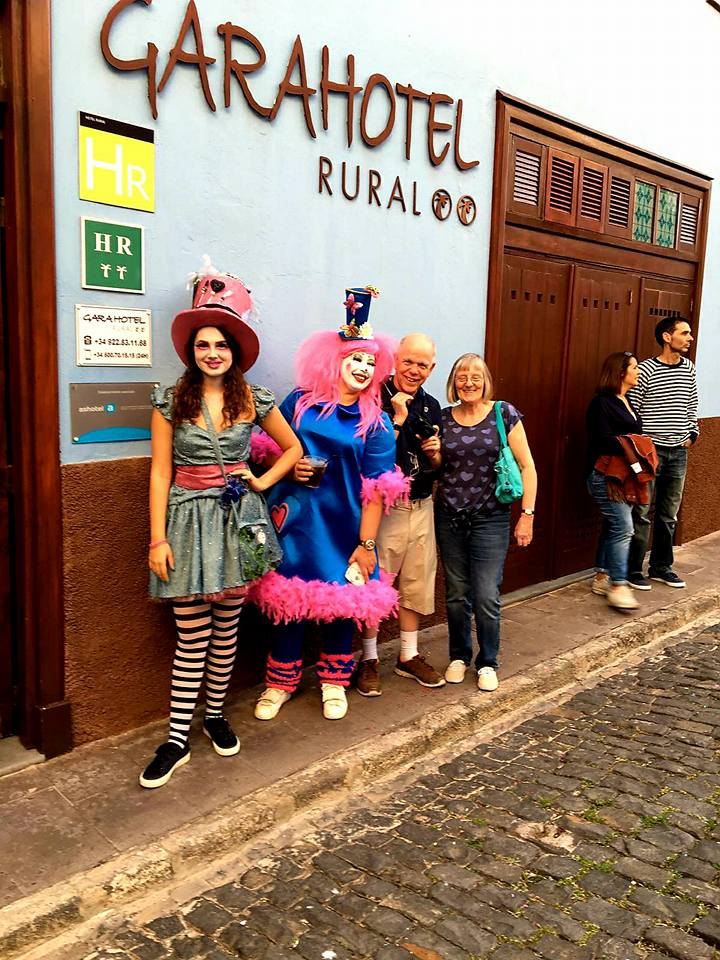¡Carnaval!
¡Carnaval! ¡Carnaval!, Carnaval, te quiero…
Hola, como ya estamos en el mes de enero, finalizando más bien, toca hablar de los Carnavales.
Si, puede parecer un poco pronto, pero hay que tener en cuenta que este año 2024 se adelantan las fechas y el marte de carnal es el martes 13 de febrero (jajaj, ni te cases, ni te embarques, dice el dicho. Es un día de mala suerte en España; como el Viernes 13 en EEUU) , y el miércoles 14 es el miércoles de ceniza.

Los más importantes son los de Santa Cruz de Tenerife, que bien con el paso de los años han ido extendiendo los días de fiesta.
El 18 de enero de 1980 fue declarado Fiesta de Interés Turístico Internacional
En 1987 acudió al Carnaval la célebre cantante cubana Celia Cruz junto a la orquesta Billo’s Caracas Boys, a la que asistieron 250.000 personas. Fue registrada en el Libro Guinness de los récords como la mayor congregación de personas en una plaza al aire libre para asistir a un concierto, marca que se mantiene en la actualidad.
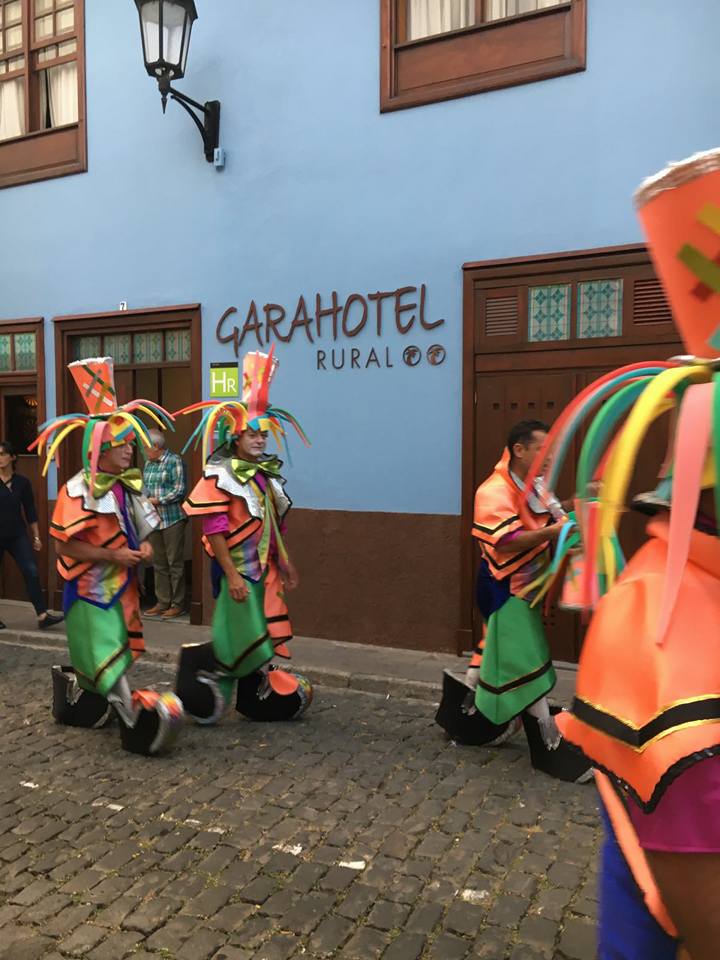
Cuenta con dos partes bien diferenciadas:
-El carnaval “oficial” : murgas, reina del carnaval, comparsas, grupos de disfraces, rondallas y agrupaciones musicales. Son eventos que se celebran días antes de las fechas del carnaval, en diferentes escenarios y con cupo (previa entrada).
-El carnaval en la calle: la participación de los propios ciudadanos en la fiesta.
Las primeras referencias escritas datan de finales del siglo XVIII, a través de los escritos de los visitantes y mediante disposiciones oficiales que buscaban el orden social durante su celebración.
Durante las dictaduras de Miguel Primo de Rivera (1923-1930), y del General Franco (1940-1976), pasaron a denominarse “Fiestas de Invierno” para evitar la prohibición.
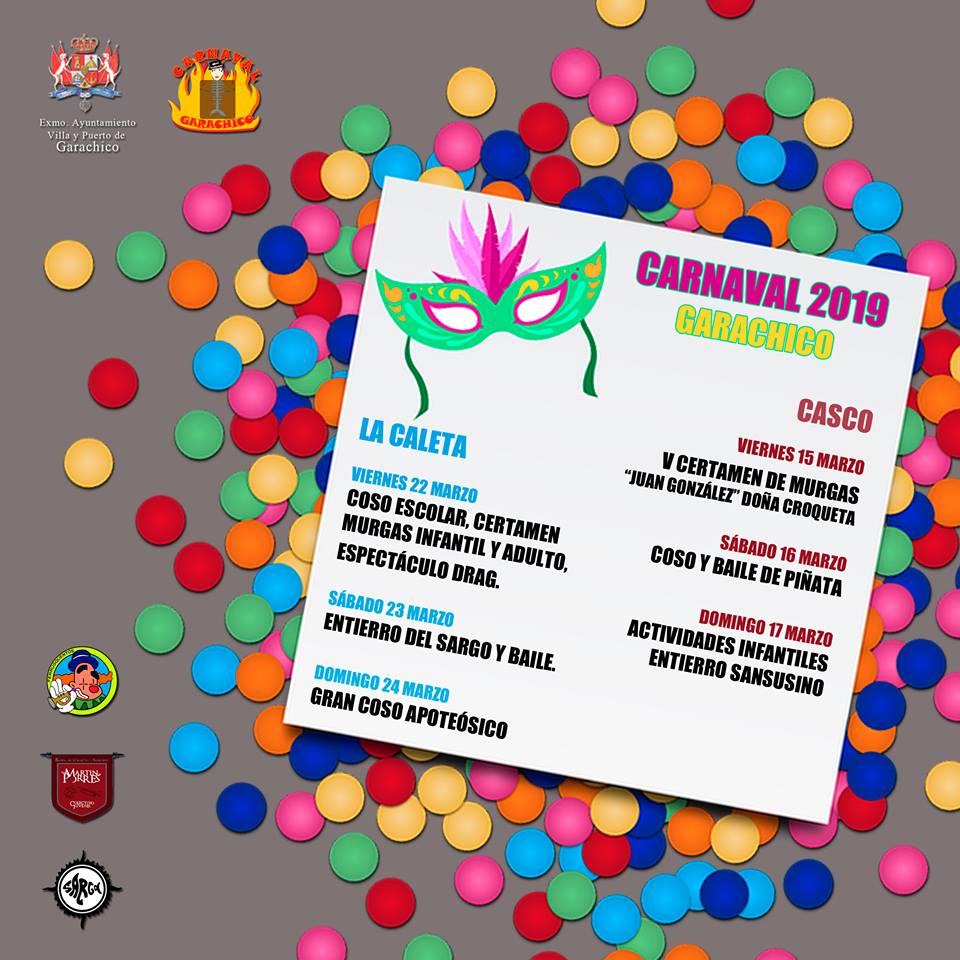
Desde 1962 se realiza un cartel del Carnaval para cada edición.
Los días que componen los Carnavales en la calle son:
Viernes: La Cabalgata Anunciadora
Sábado de Carnaval
Domingo: Carnaval de día
Lunes de Carnaval
Martes: El Gran Coso Apoteosis
Miércoles de Ceniza. Se entierra la sardina, empieza la cuaresma y se despide el carnaval. Pero desde 2008 también se añadieron:
Sábado (carnaval de día) y Domingo de Piñata
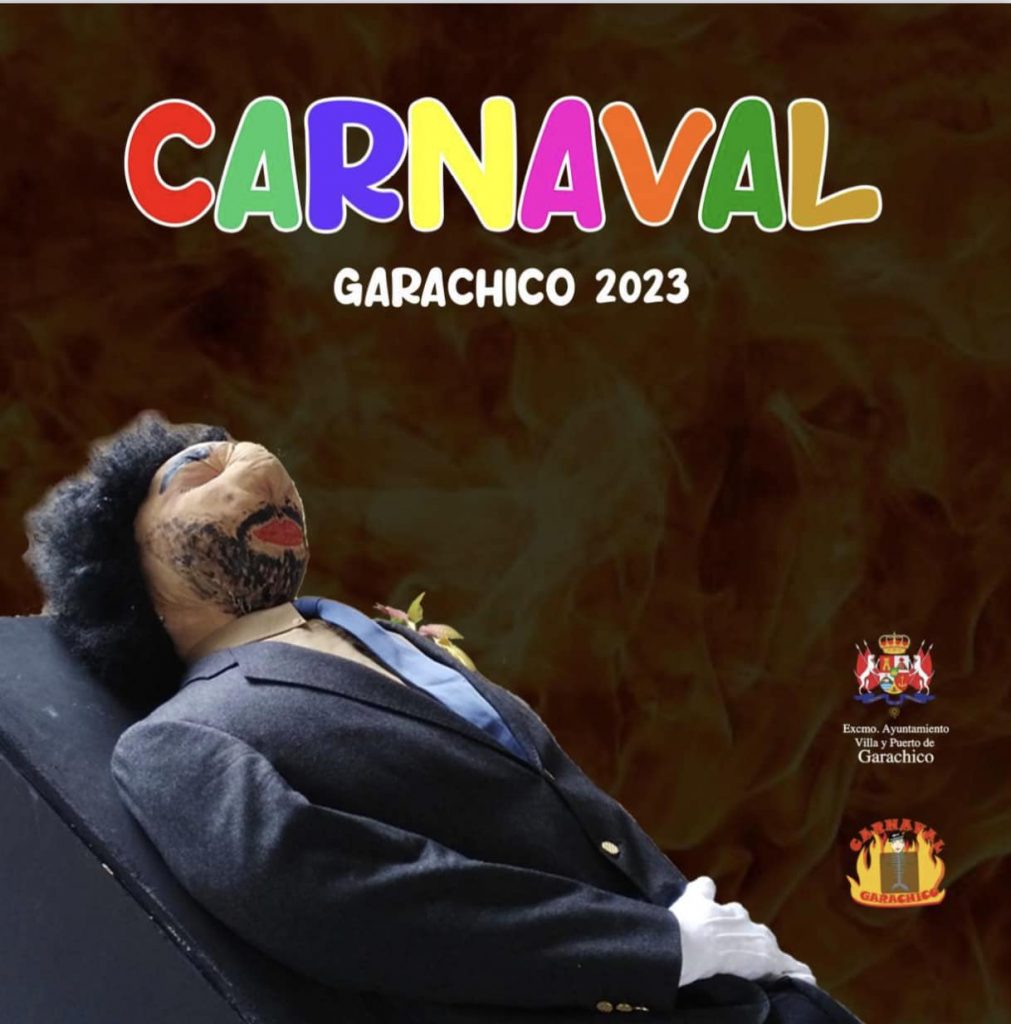
En otros municipios los Carnavales se celebran los mismos días y otros a lo largo del mes de febrero y marzo, incluso abril (dependiendo del año) para no coincidir con estas fiestas tan grandes de Santa Cruz.

Carnival! Carnival! Carnival, I love you…
Hello, since we are already in the month of January, rather ending, it’s time to talk about the Carnivals.
Yes, it may seem a little early, but we must keep in mind that this year 2024 the dates are brought forward and the carnal Tuesday is Tuesday, February 13 (haha, don’t get married, don’t get on board, the saying goes. It’s a bad luck day in Spain; like Friday the 13th in the US), and Wednesday the 14th is Ash Wednesday.
The most important are those of Santa Cruz de Tenerife, which over the years have extended the festival days.
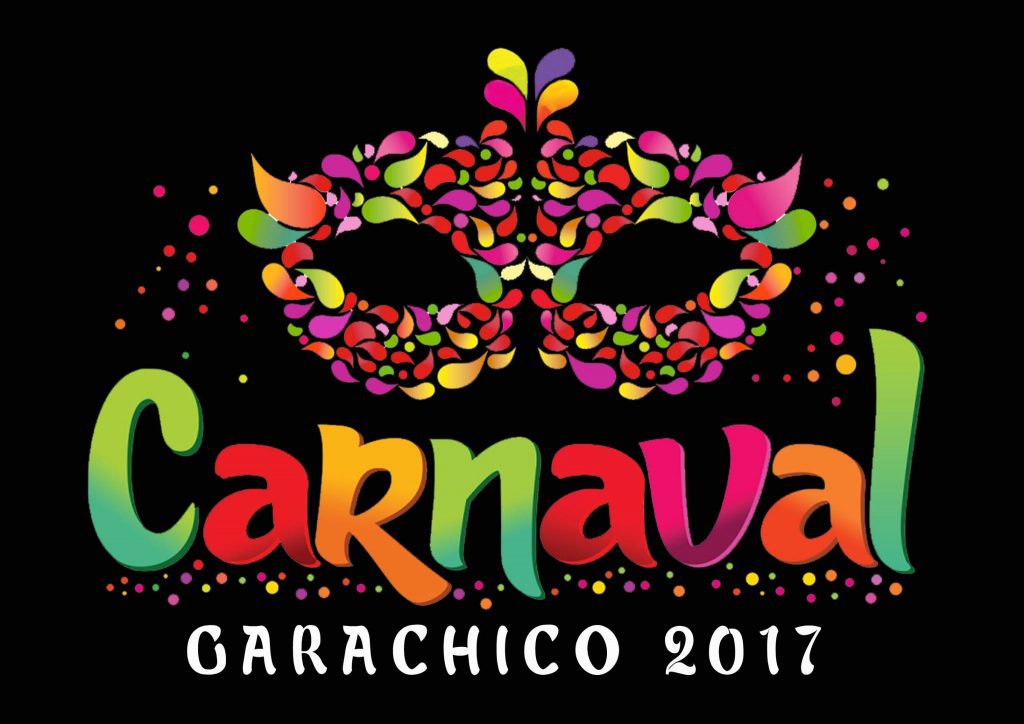
On January 18, 1980, it was declared a Festival of International Tourist Interest.
In 1987, the famous Cuban singer Celia Cruz attended the Carnival with the Billo’s Caracas Boys orchestra, which was attended by 250,000 people. It was recorded in the Guinness Book of Records as the largest gathering of people in an open-air square to attend a concert, a mark that remains today.
It has two very different parts:
-The “official” carnival: murgas, carnival queen, troupes, costume groups, rondallas and musical groups. These are events that are held days before the canaval dates, in different settings and with space (prior entry required).
-The carnival in the street: the participation of the citizens themselves in the festival.
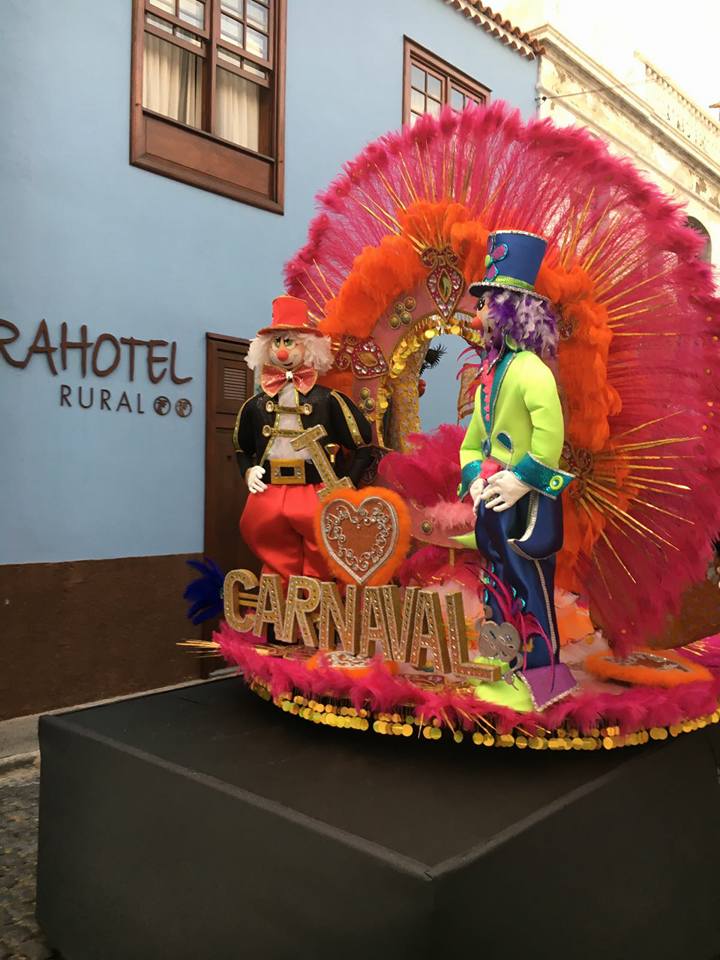
The first written references date back to the end of the 18th century, through the writings of visitors and through official provisions that sought social order during its celebration.
During the dictatorships of Miguel Primo de Rivera (1923-1930) and General Franco (1940-1976), they were renamed “Winter Festivals” to avoid the prohibition.
Since 1962, a Carnival poster has been made for each edition.
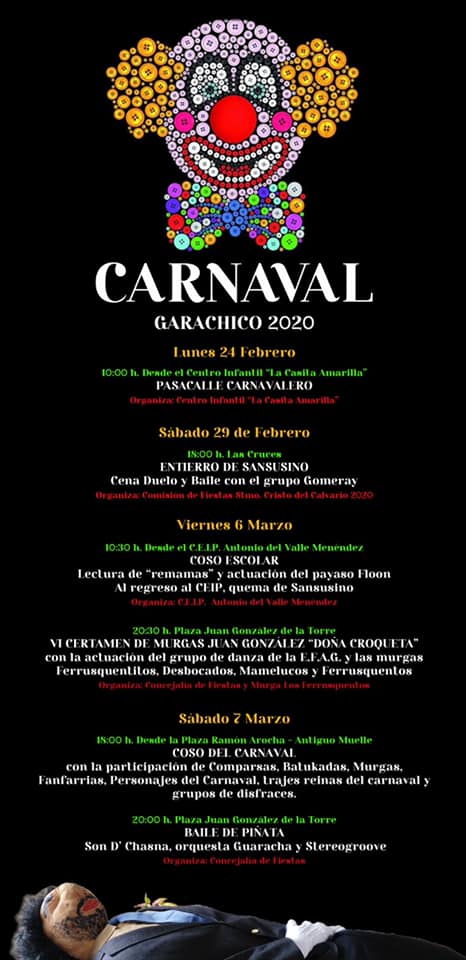
The days that make up the Street Carnivals are:
Friday: The Announcement Parade
Carnival Saturday
Sunday: Carnival by day
Carnival Monday
Tuesday: The Great Apotheosis Coso
Ash Wednesday. The sardine is buried, Lent begins and the carnival says goodbye. But since 2008 the following were also added:
Saturday (carnival day) and Piñata Sunday
In other municipalities, Carnivals are celebrated on the same days and others throughout the month of February and March, even April (depending on the year) so as not to coincide with these huge festivals in Santa Cruz.
